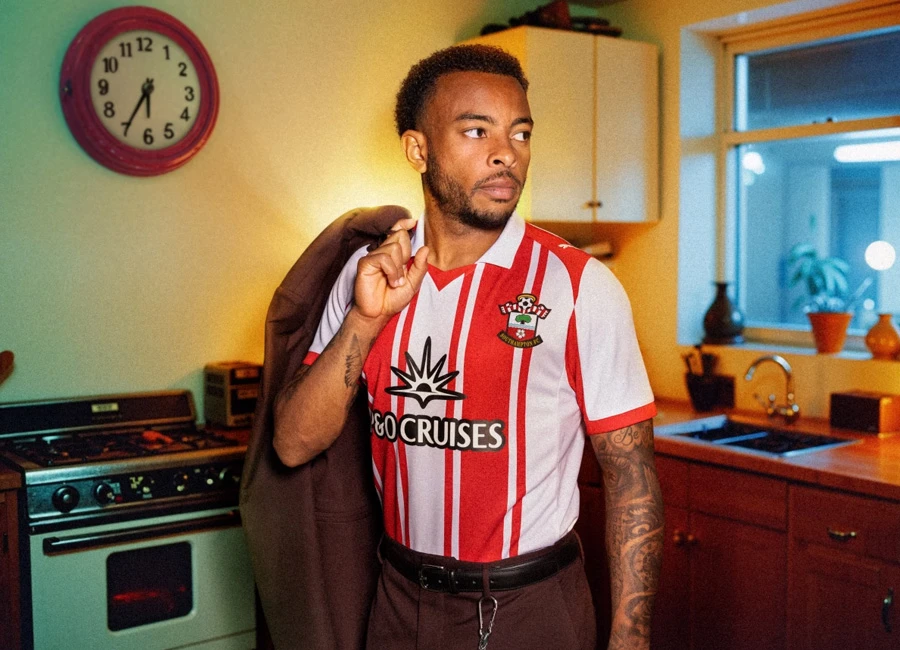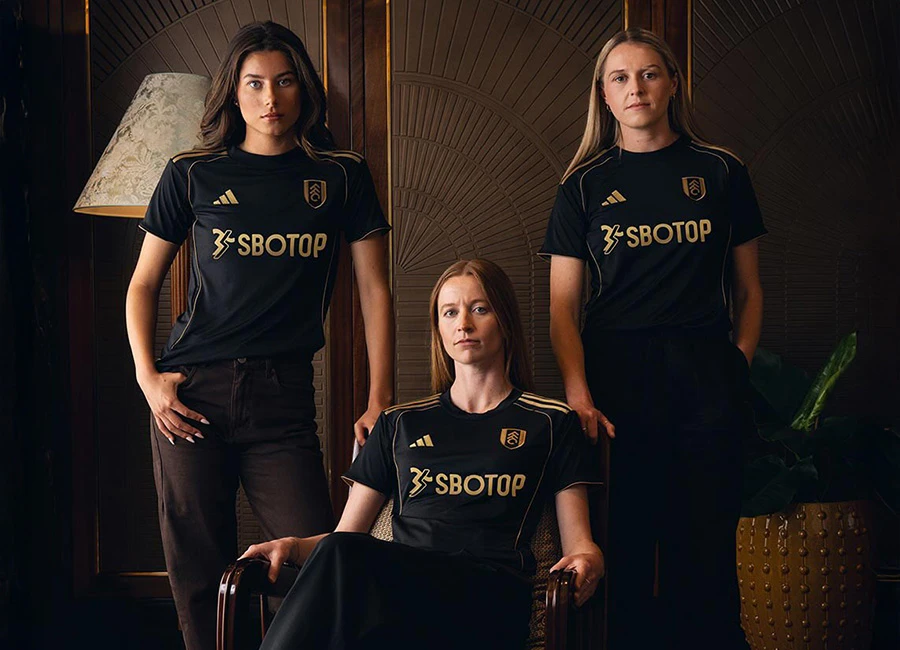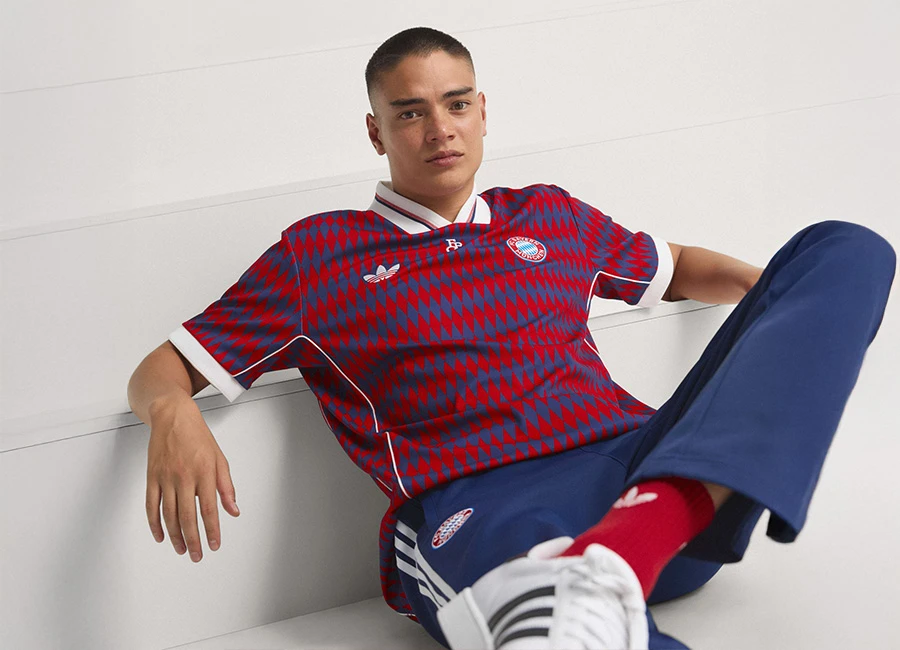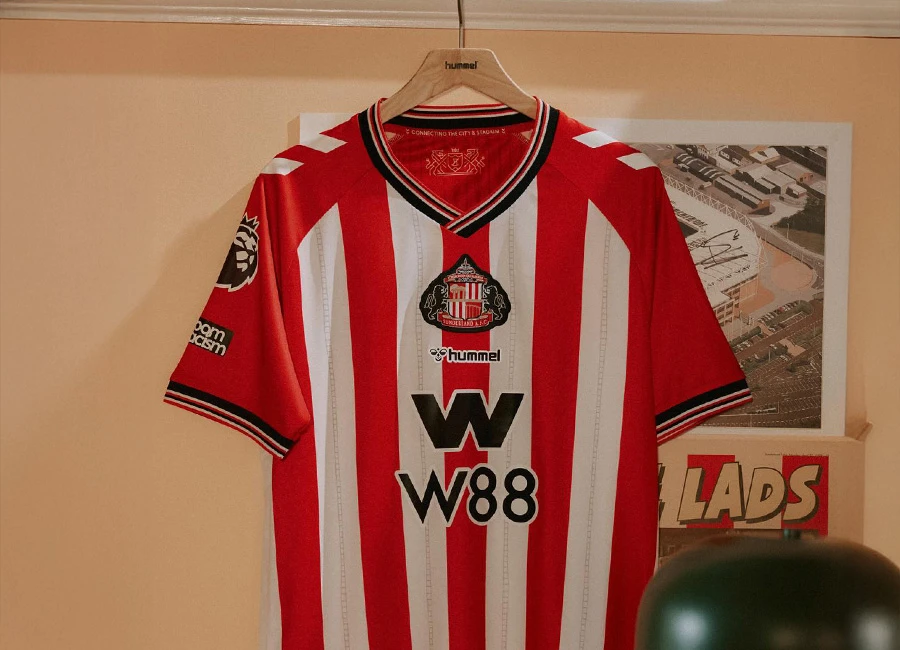Leeds United unveiled their new home and away kit for the 2007/2008 season made by Admiral
Leeds United's new Admiral home kit will be worn for the first time by the players for the friendly against Wigan Athletic at Elland Road on Saturday. Leeds-based Red Kite has agreed on a minimum one-year principal sponsorship deal of the shirt.


Newly-formed Red Kite is chaired by long-standing Leeds United fan John Ross, who is also chairman and chief executive of the Style group. The official kit launch is planned to take place later this month on a date to be confirmed. The away kit will be launched in September. Launch details will be announced via leedsunited.com and the Yorkshire Evening Post
In Leeds' first fifteen years the club kit was modelled on Huddersfield Town's blue and white striped shirts, white shorts and dark blue socks with blue and white rings on the turnovers because Huddersfield's chairman Hilton Crowther was attempting to merge the two clubs. He eventually left Huddersfield to take over at Leeds. In 1934 Leeds switched to blue and gold halved shirts incorporating the city crest badge, white shorts and blue socks with gold tops. The kit was worn for the first time on 22 September 1934. The club also adopted its first badge in 1934, using the city crest as Leeds City had.
In 1950 Leeds switched to gold shirts with blue sleeves and collars, white shorts and black, blue and gold hooped socks. In 1955 Leeds changed again to royal blue shirts with gold collars, white shorts, and blue and gold hooped socks; this echoed the original Leeds City strip. In 1961 Don Revie introduced a plain white strip throughout, in the hope of emulating the Spanish side Real Madrid.
In 1964, Leeds introduced a perching owl as their logo. The design was a surprise, given Revie's superstition about the symbolism of birds. The owl came from the city crest, which itself was based on the crest of Sir John Saville, the first alderman of Leeds. In the late 1960s and early 1970s Leeds also extensively used the LUFC script found running down the centre of the current badge. In 1973 came the embodiment of Seventies imagery with the iconic LU Smiley badge. Revie's predilection for gimmicks was years ahead of its time, and done with the explicit intention of gaining acceptance from a public outside West Yorkshire.
In 1984 a new club badge was introduced, lasting until 1998, making it the longest-lived of the modern era. The Rose and Ball badge were distinctive, in the traditional blue, gold and white, incorporating the white rose of Yorkshire (although the rose is displayed upside down), together with the club name.
'With a reprieve of the popular Rose design to replace the Yorkshire rose and a tidying up of the script that runs down the middle the Shield design was revamped in 1999. I do welcome the Rose and the cleanup and now the badge could be growing on me. I chose this one the current badge to work a logo for this site so it must be doing something right. In place now (at the time of writing) for nearly seven years and this badge I think is finally being established. Our current crop of stars such as on the pulse Rob Hulse, beans shovelling Shaun Derry and American Eddie Lewis do the business in this one'












